Lapis lazuli is one of the most unique crystals available today. Its beautiful indigo blue with gold flecks reminds you of a late summer starry nights sky, so it’s no wonder it is the birthstone of September.
How and where Lapis lazuli is formed
Lapis lazuli is technically not a crystal at all, but in fact a rock composed of lazurite, calcite, pyrite and sodalite, as well as various other minerals. It is formed in masses when magma pushes up lazurite and other igneous rocks into the earth’s crust creating intrusions near limestone or marble. Here these igneous rocks replace sections of limescale and marble with bands of minerals, which is how lapis lazuli gets its layered look.
To be labeled lapis lazuli rocks must contain pyrite specks and be at least a quarter blue lazurite. The more blue the rock, the more valuable it is. Lazurite, which makes up the majority of lapis lazuli is that beautiful indigo blue colour. Calcite is the white mineral that appears in fractures, layers, or mottling within lapis lazuli, and it can even be finely mixed with lazurite to give a lighter, faded lapis lazuli. Pyrite is an iron with a gold metallic luster. It often appears in tiny spaced out grains within lapis lazuli, which gives the starry appearance.
Lapis lazuli is found around the world but is mostly found in North and South America and Asia. Historically, the majority of lapis lazuli has come from Afghanistan, where it has been mined for thousand of years and was an important source of trade for the local people. As there is now a lot of conflict where these mines are located today most of lapis lazuli is now mined in other conflict-free areas of the world such as Canada.

Lapis lazuli bead bar necklaces
Lapis lazuli uses
Lapis lazuli has literally made the world a more colourful place. It’s stunning blue colour has inspired language (a lot of languages for “blue” comes from the ancient name for lapis lazuli) it has been used in ornaments, jewellery, fashion, makeup and art.
Lapis lazuli gain in name from the ancient persian for “blue stone”. As it is a fairly soft rock, Lapis lazuli has been carved and used to make ornaments and jewellery since as early as 7000BC. It was particularly popular with the Egyptians and was even powered down to make eye shadows. The Pharaoh Tutankhamun’s funeral mask was decorated with lapis lazuli.
In art, lapis lazuli has been been ground down to make ultramarine pigment paints. Famous paintings such as The Starry Night by Vincent Van Gogh and Girl With a Pearl Earring by Johannes Vermeer have both used lapis lazuli to create those stunning blue hues.

Lapis lazuli nugget necklace
Lapis lazuli meanings
Lapis lazuli is a highly spiritual stone and is known as the stone of truth and friendship. It brings harmony, love and protection to relationships. It also helps aid awareness and good judgement, which can help deepen relationships.
It is thought to have a strong spiritual connection between the physical and celestial planes. Many people wear it for spiritual growth and to help them connect with their guardian spirits.
In meditation, lapis lazuli brings intuitive and psychic awareness while opening the third eye and stimulating the throat chakra. It is a very good tool for manifestation and assists with clear thinking, communication and creative imagination. It a popular stone with writers in particular because as it is believed to help bring a natural flow of writing energies.
Lapis lazuli is a protection stone, bring protecting energies from mental and physical attacks. This makes it an excellent stone to work with when trying to overcome trauma, as it allows you to explore and overcome these issues in a safe and protective environment.

Lapis lazuli birthstones
Lapis lazuli is the birthstone of September. It is the Zodiac Stone of Libra (23rd September to 23rd October), Sagittarius (21st November - 21st December) and the Planetary zodiac Stone for Capricorn (Dec 22-Jan 20).

Lapis lazuli bead bar bracelet
How to care for your lapis lazuli jewellery
As lapis lazuli is formed of various minerals and each rock can have various amounts of each, lapis lazuli can vary in hardiness. It registers fairly soft on the Mohs scale, being 5-6, but is often polished to add strength. We’d still recommend not putting your lapis lazuli stones under too much pressure or store them with other jewellery where they might get scratched. Avoid wearing it around strong chemicals such as household cleaners, sulfuric acid and bleach. It isn’t a great idea to wear your lapis lazuli jewellery when exercising either, just incase it does get catch on something and damaged. We recommend cleaning your lapis lazuli jewellery with a soft cloth.

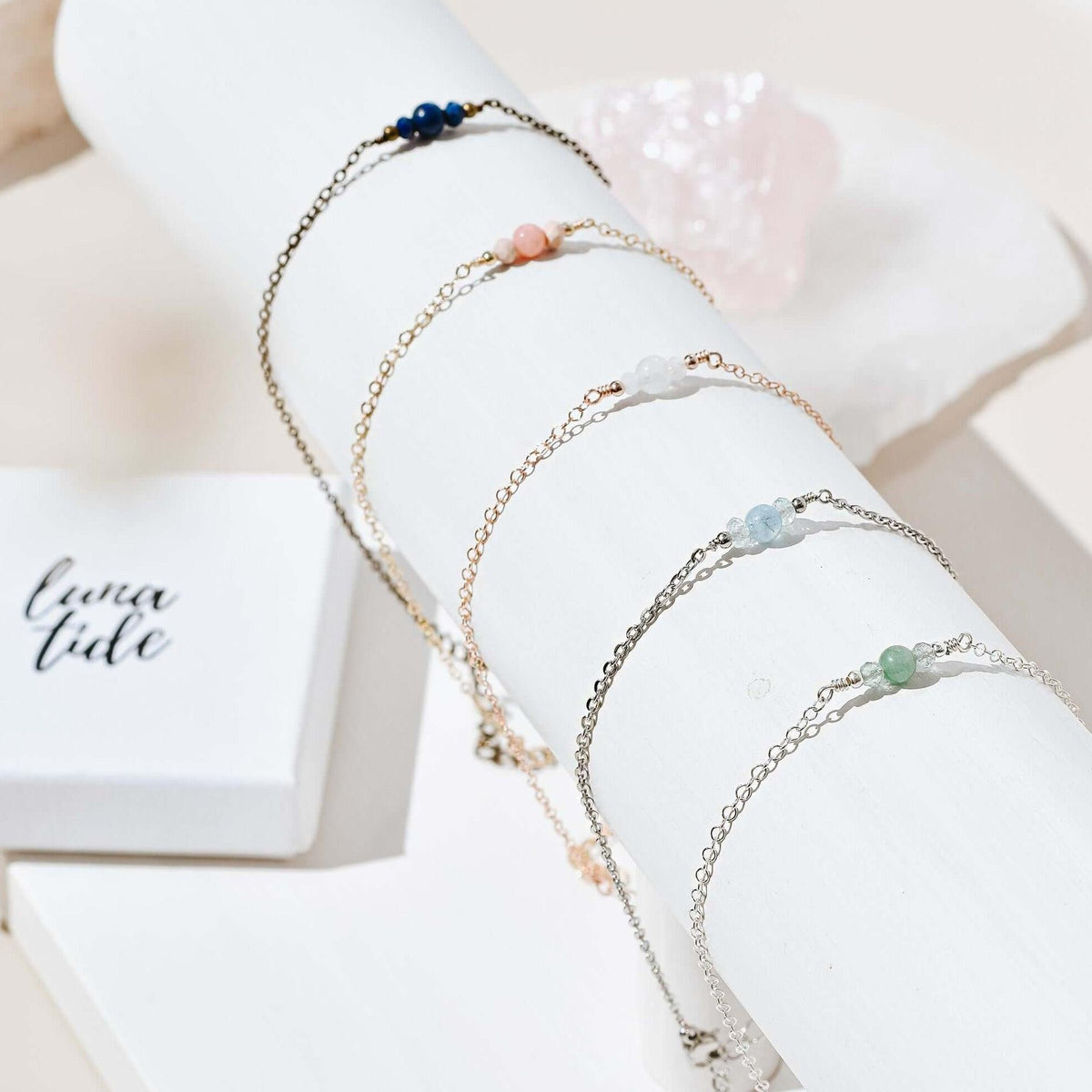


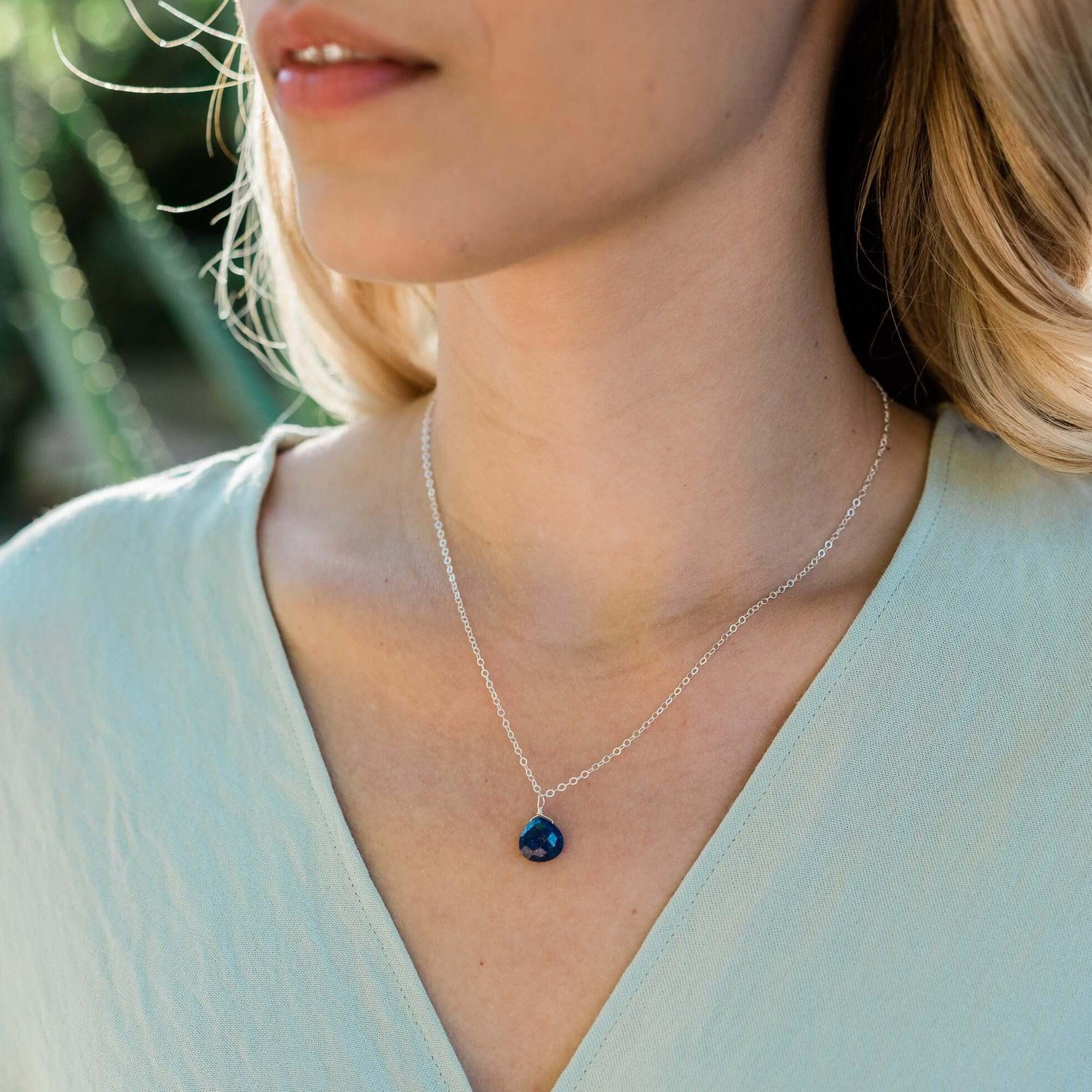
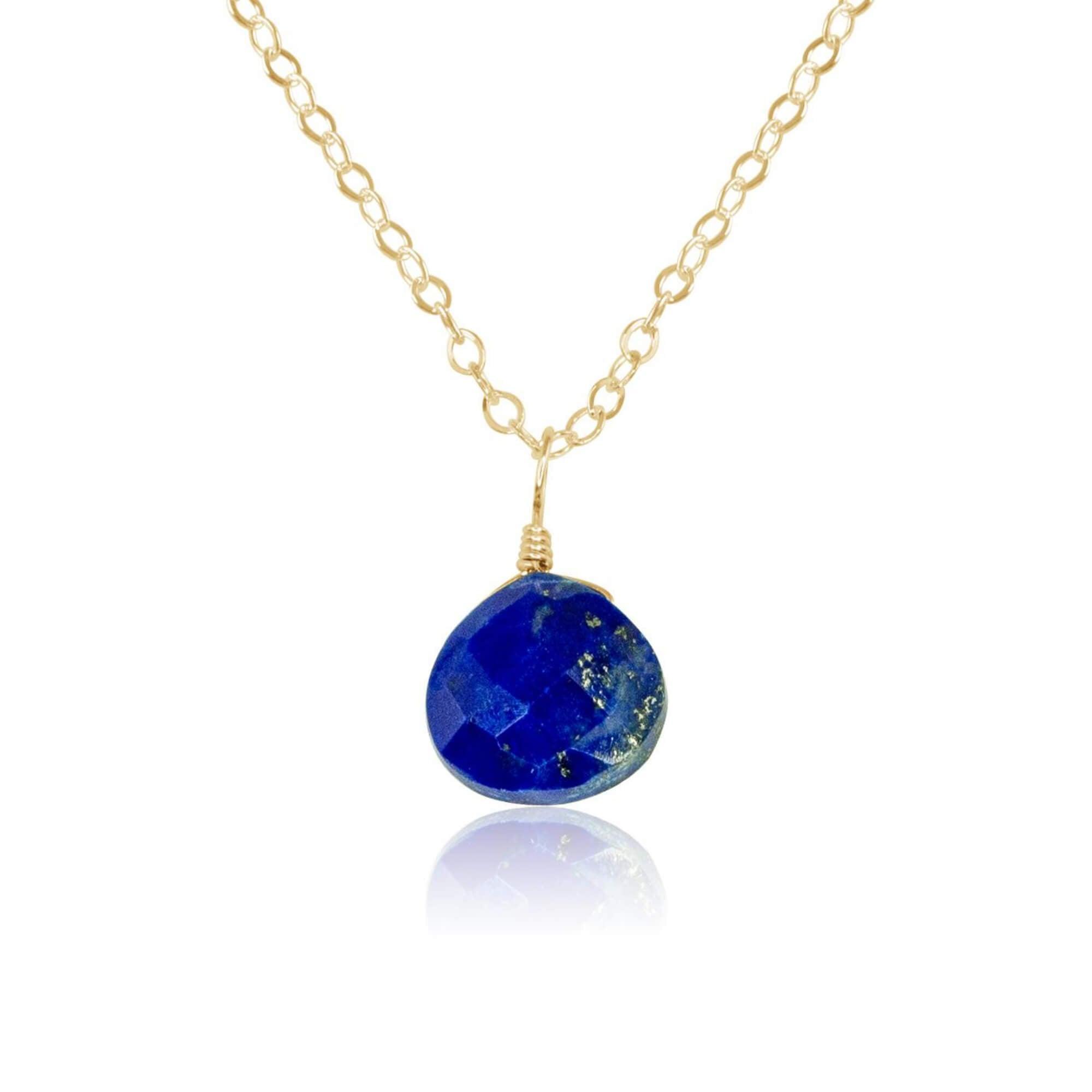
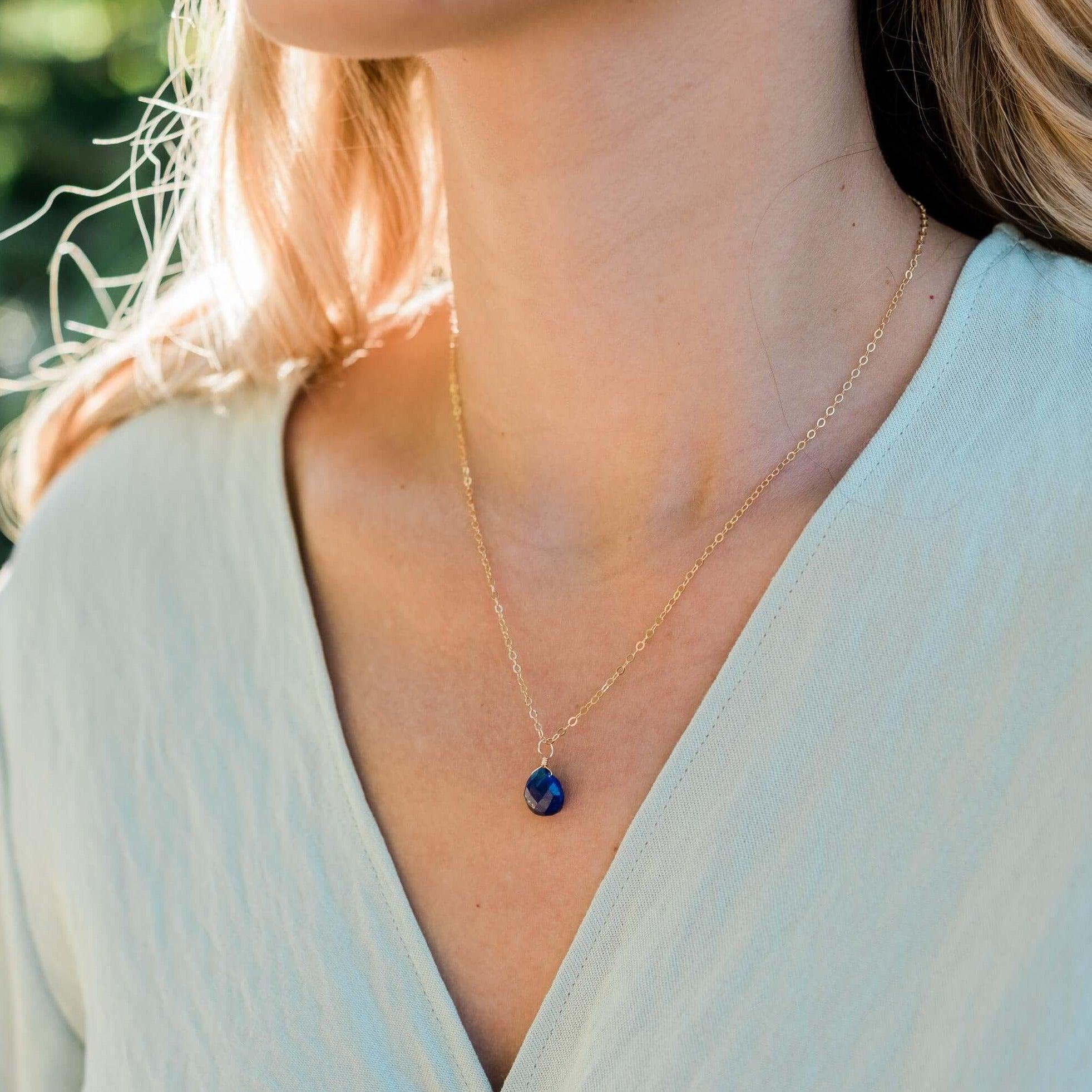

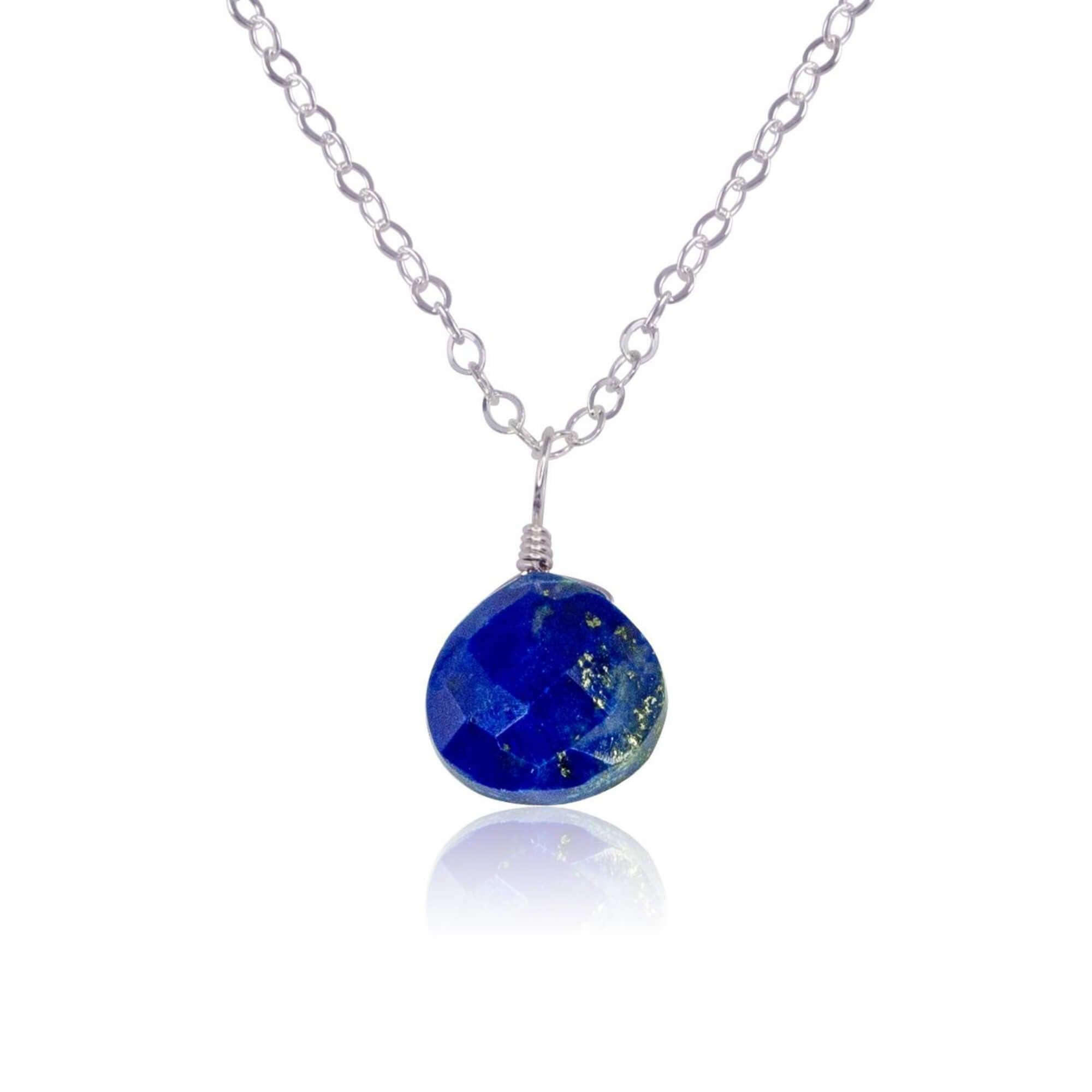
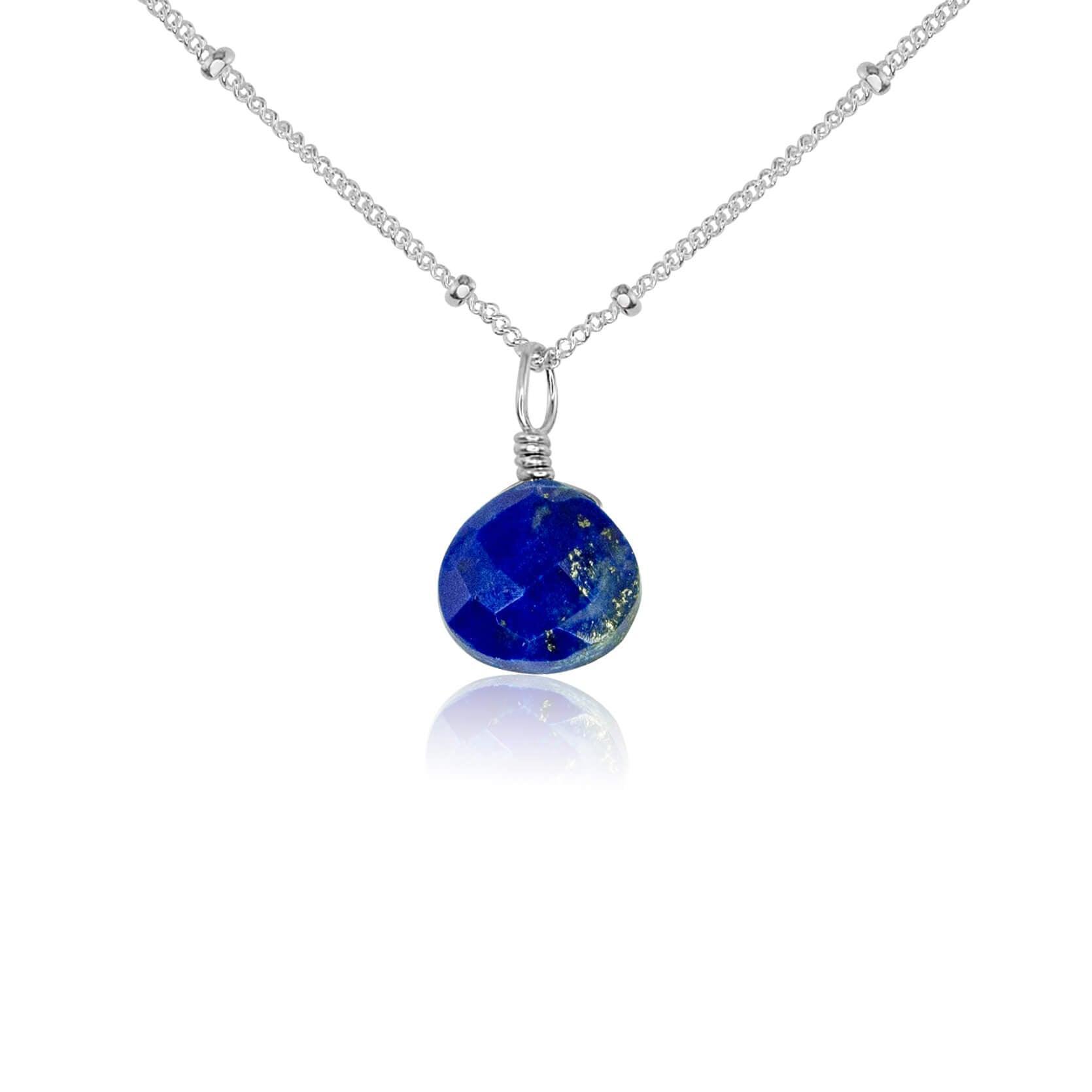
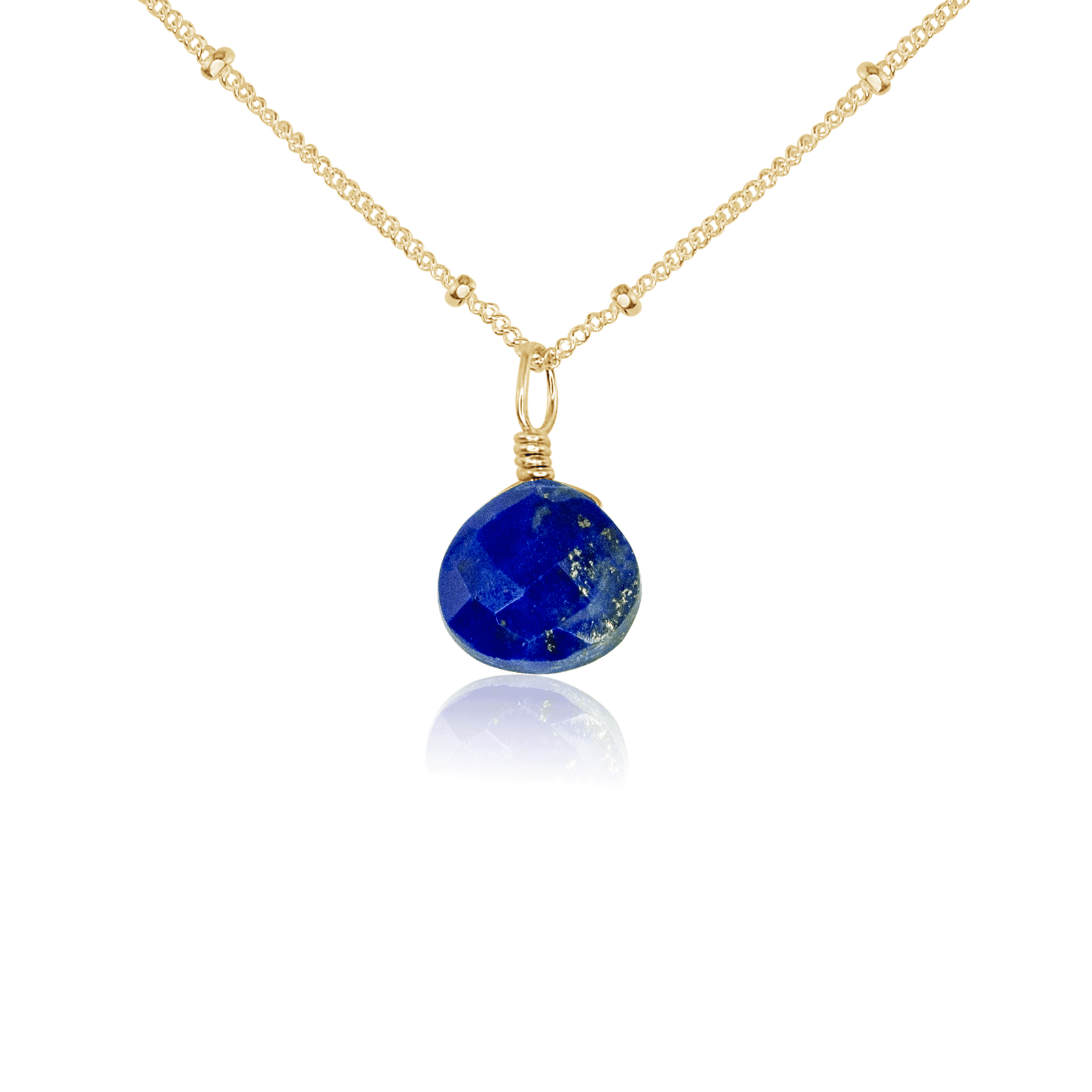
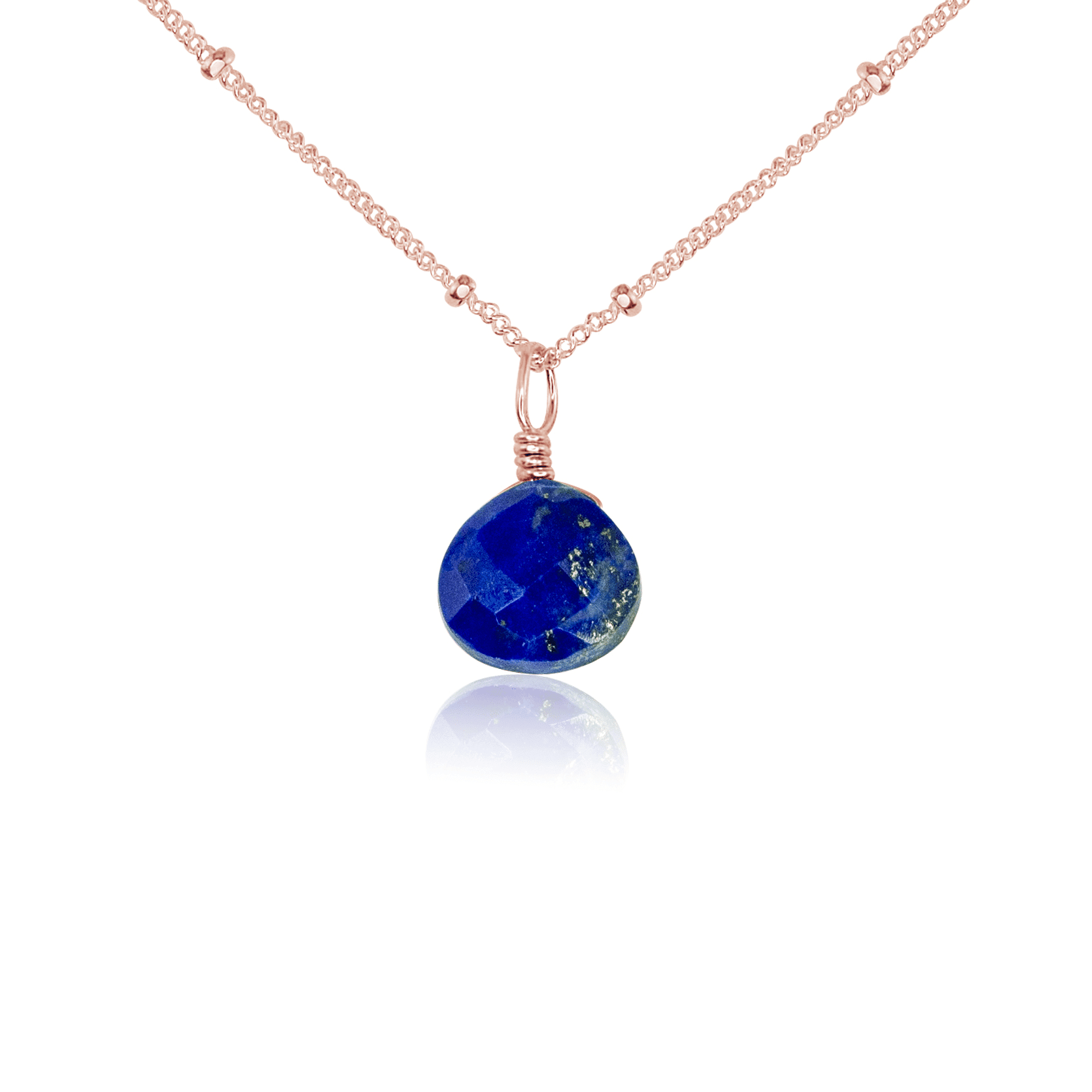
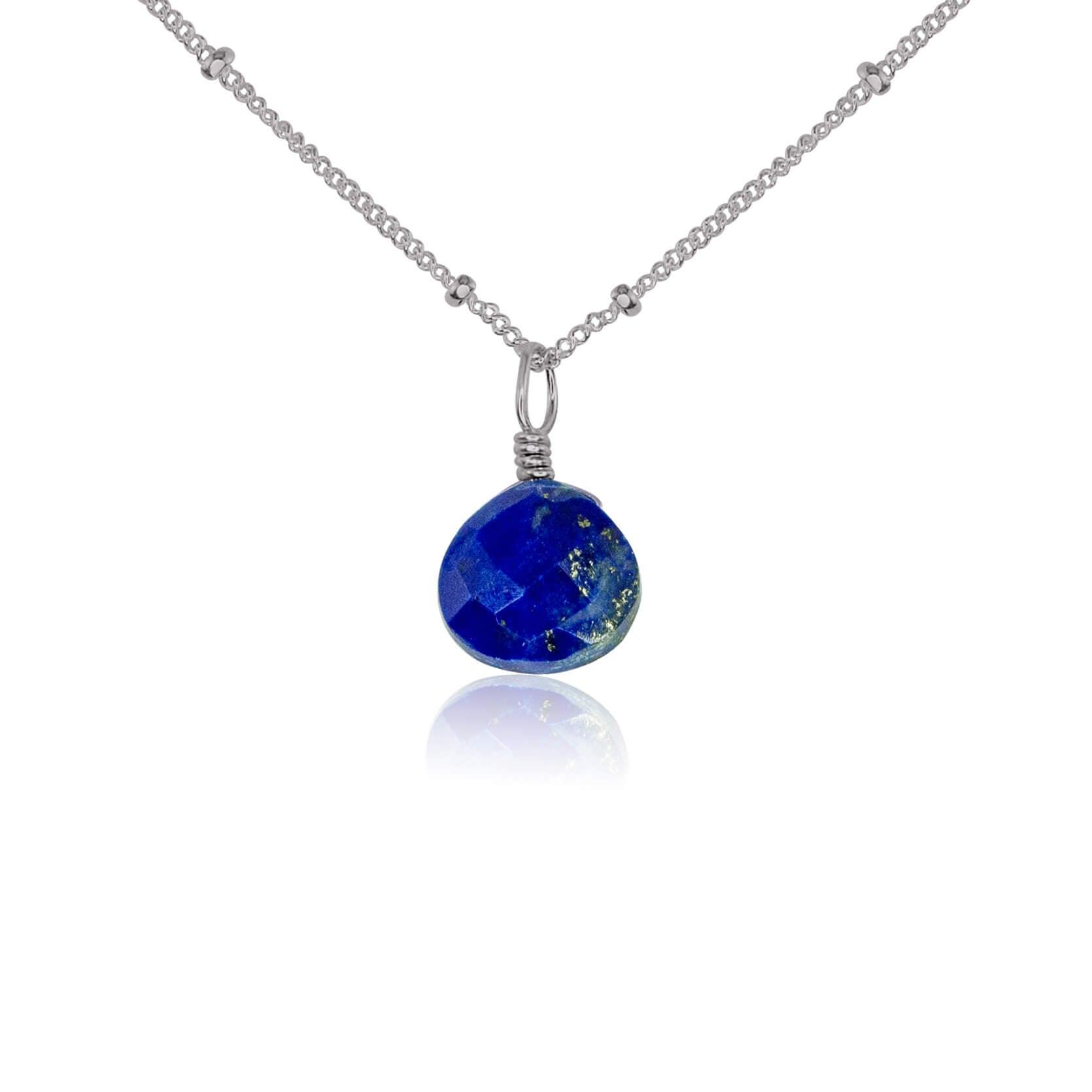

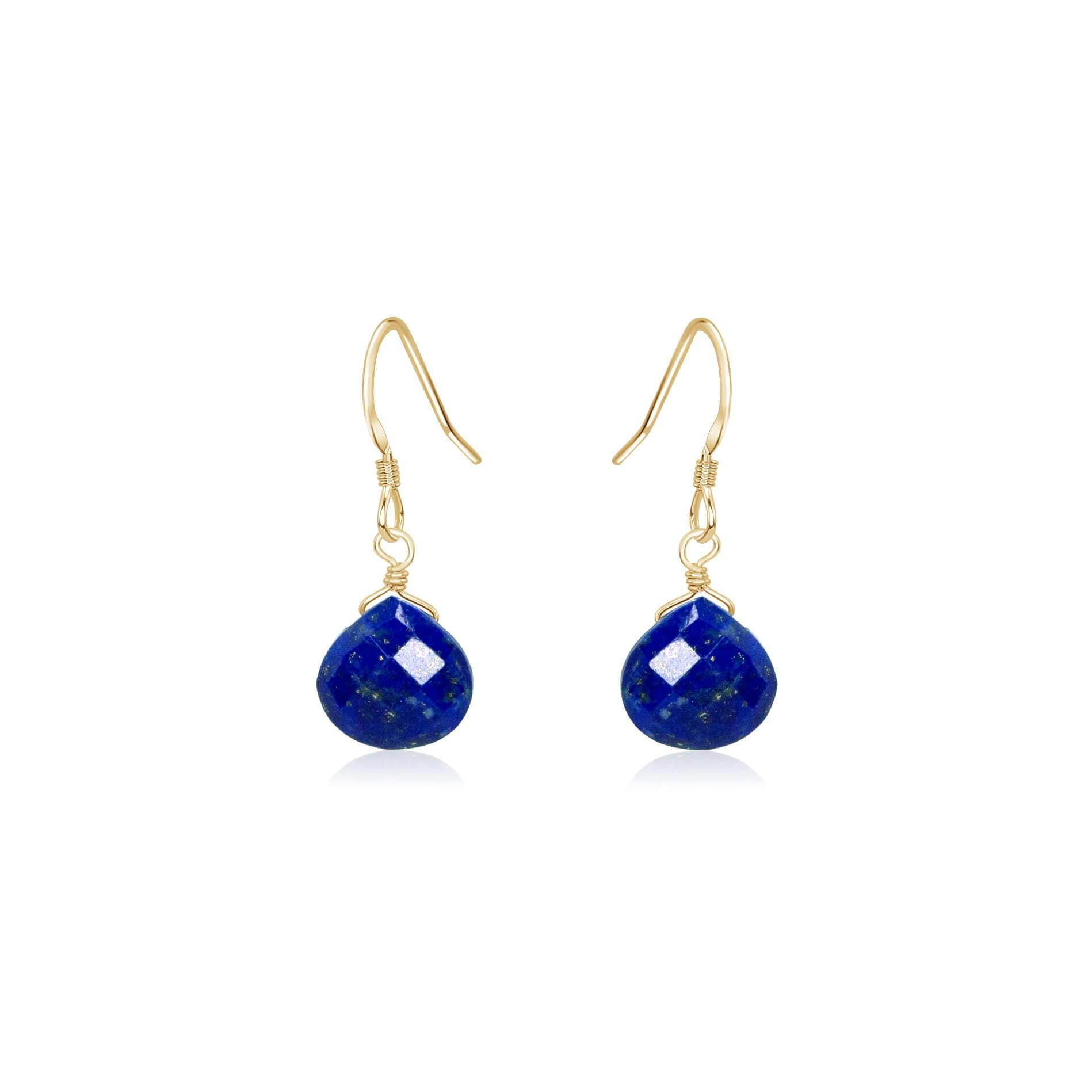
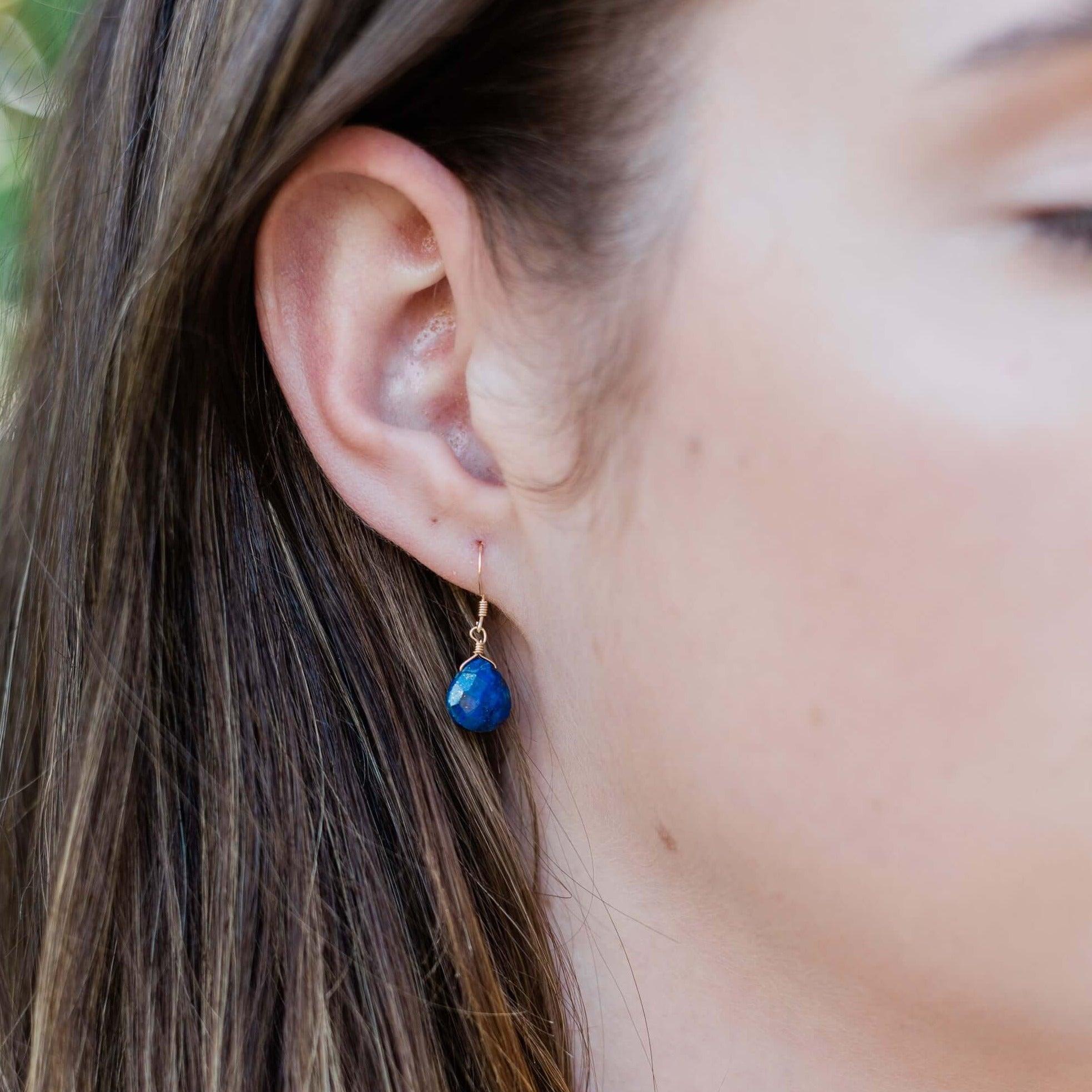
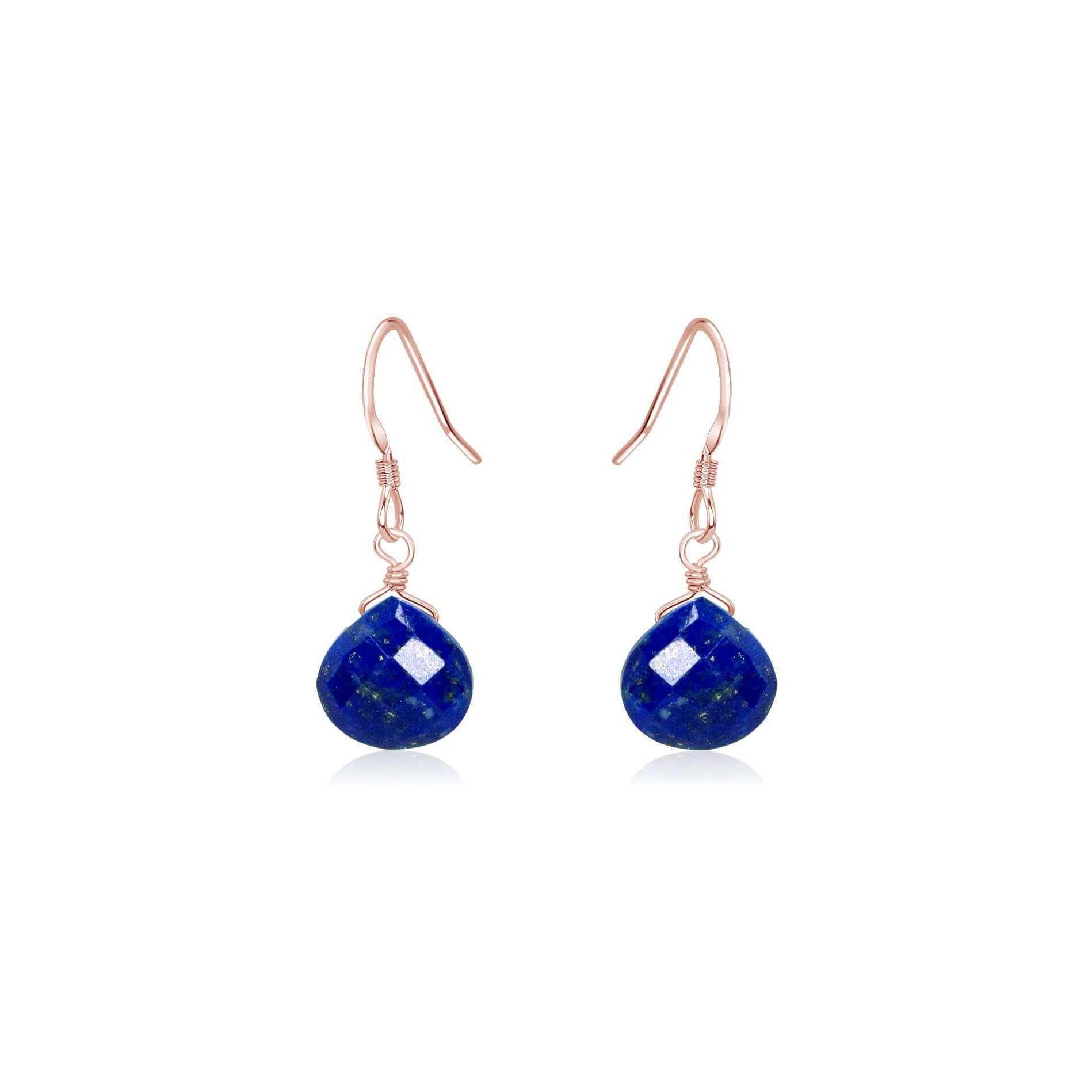
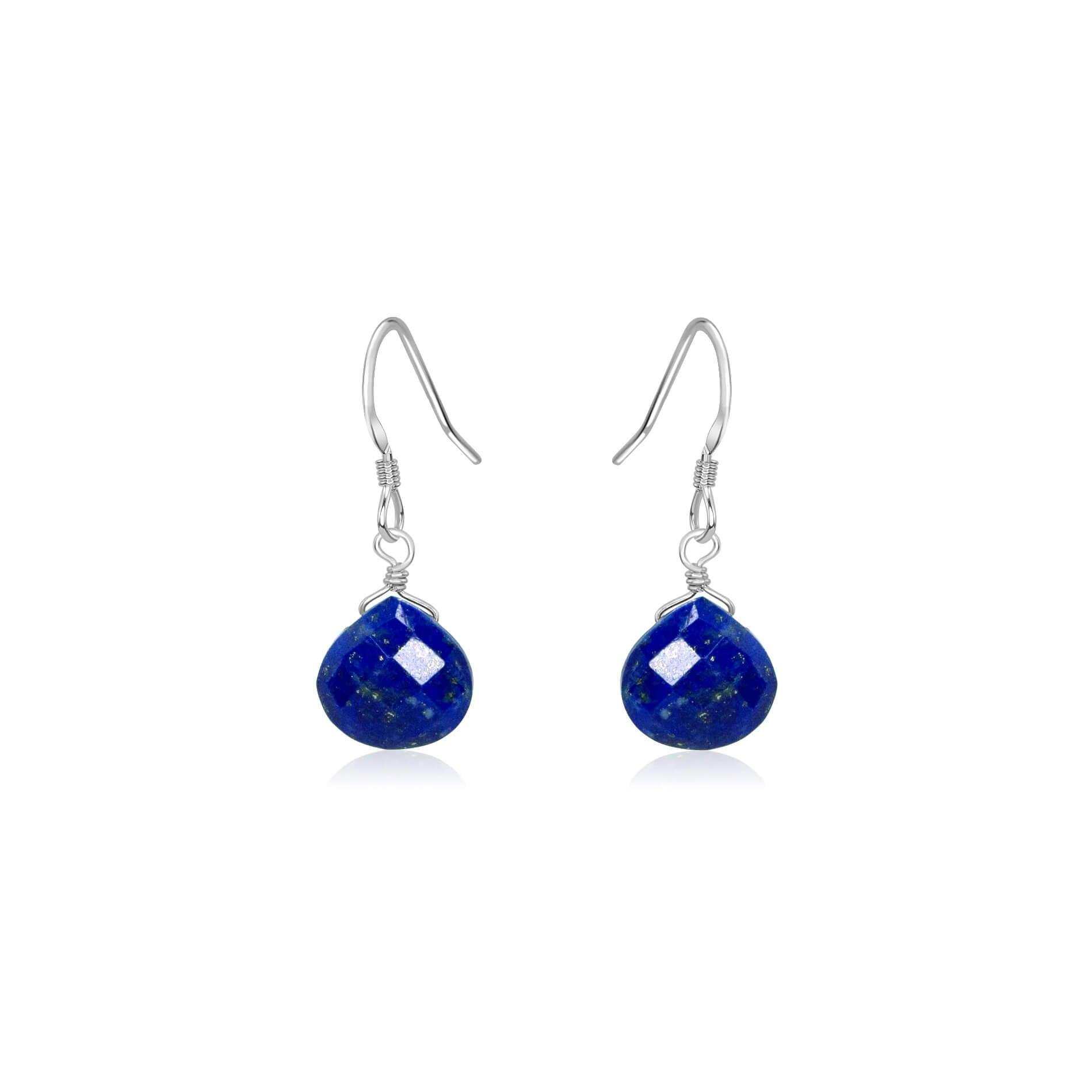
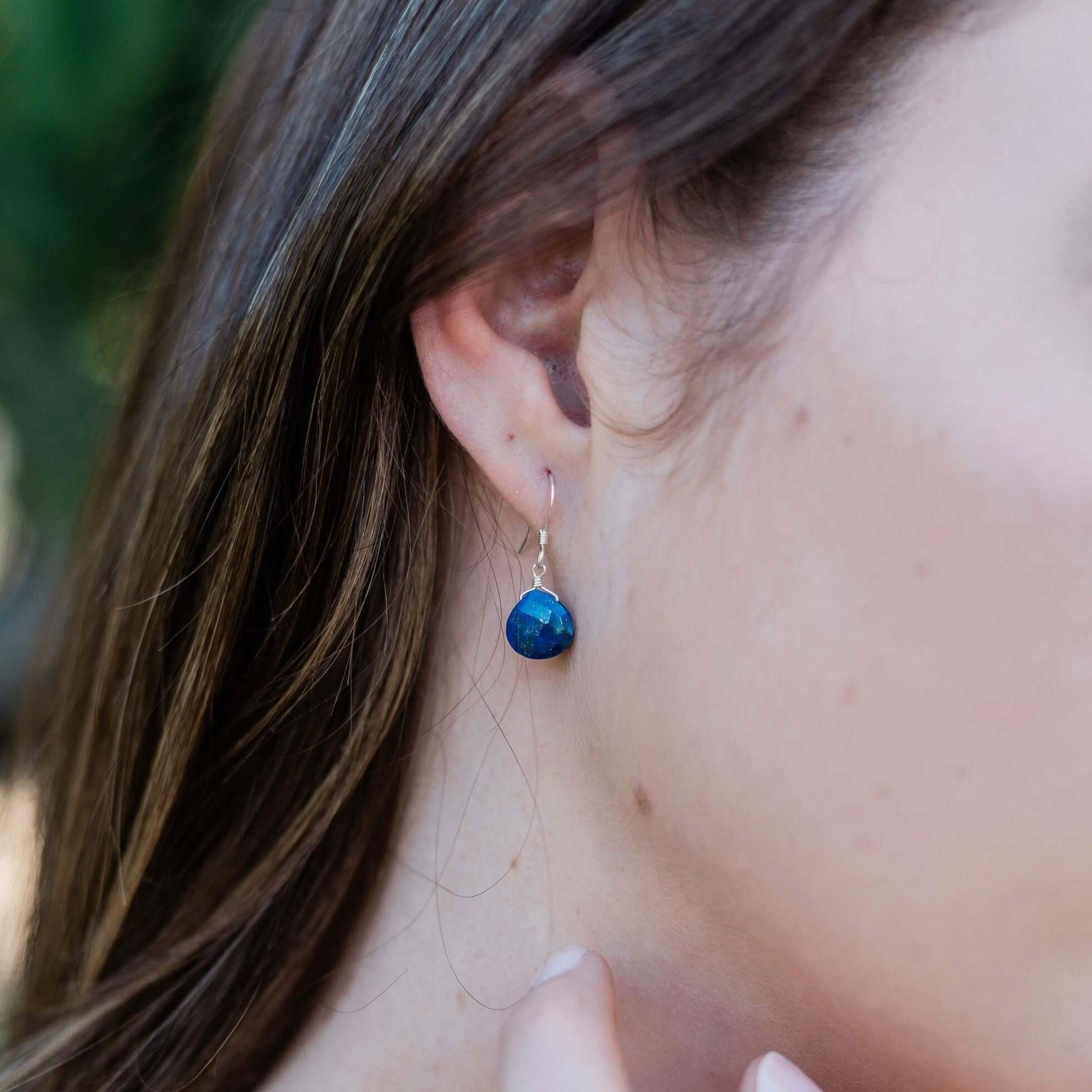
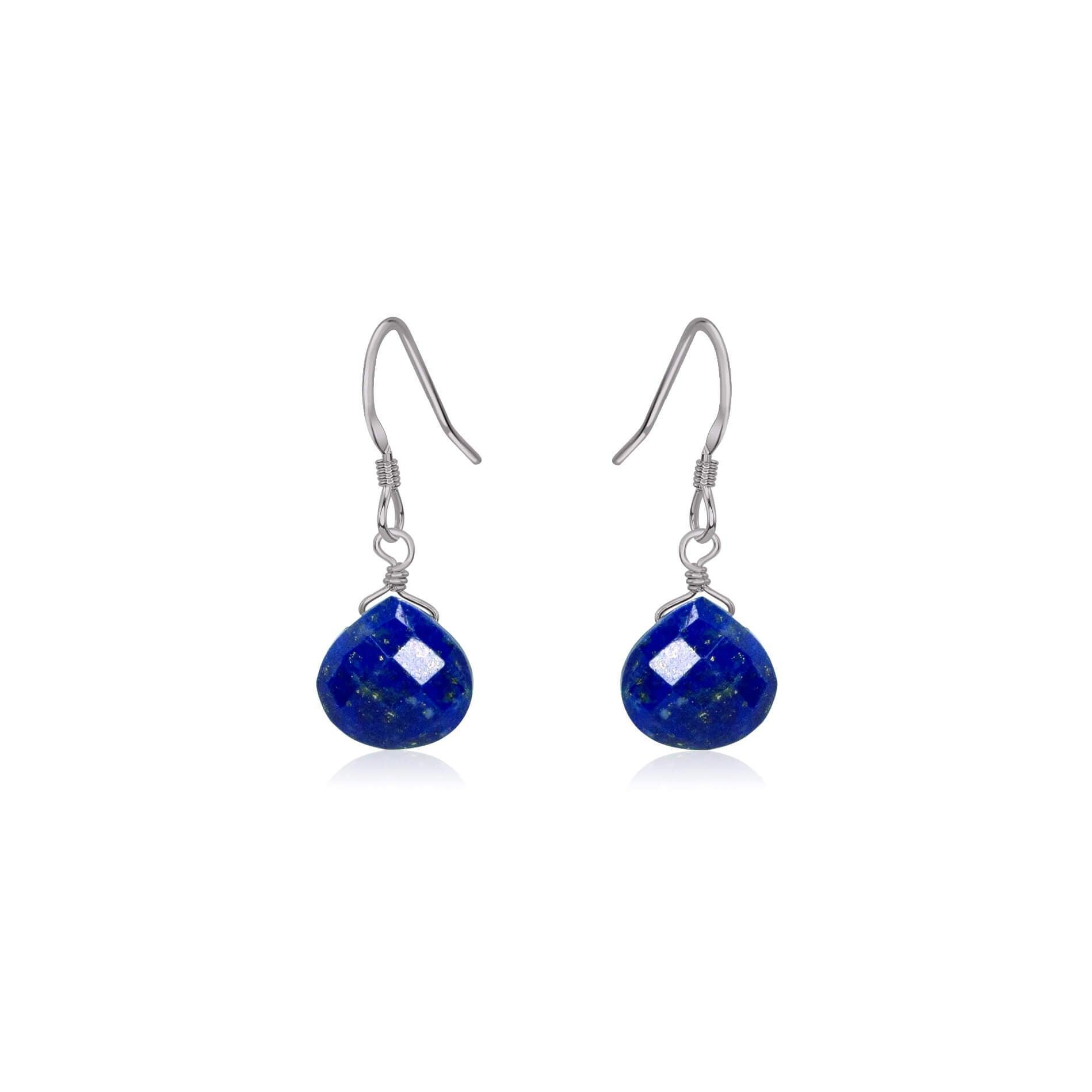
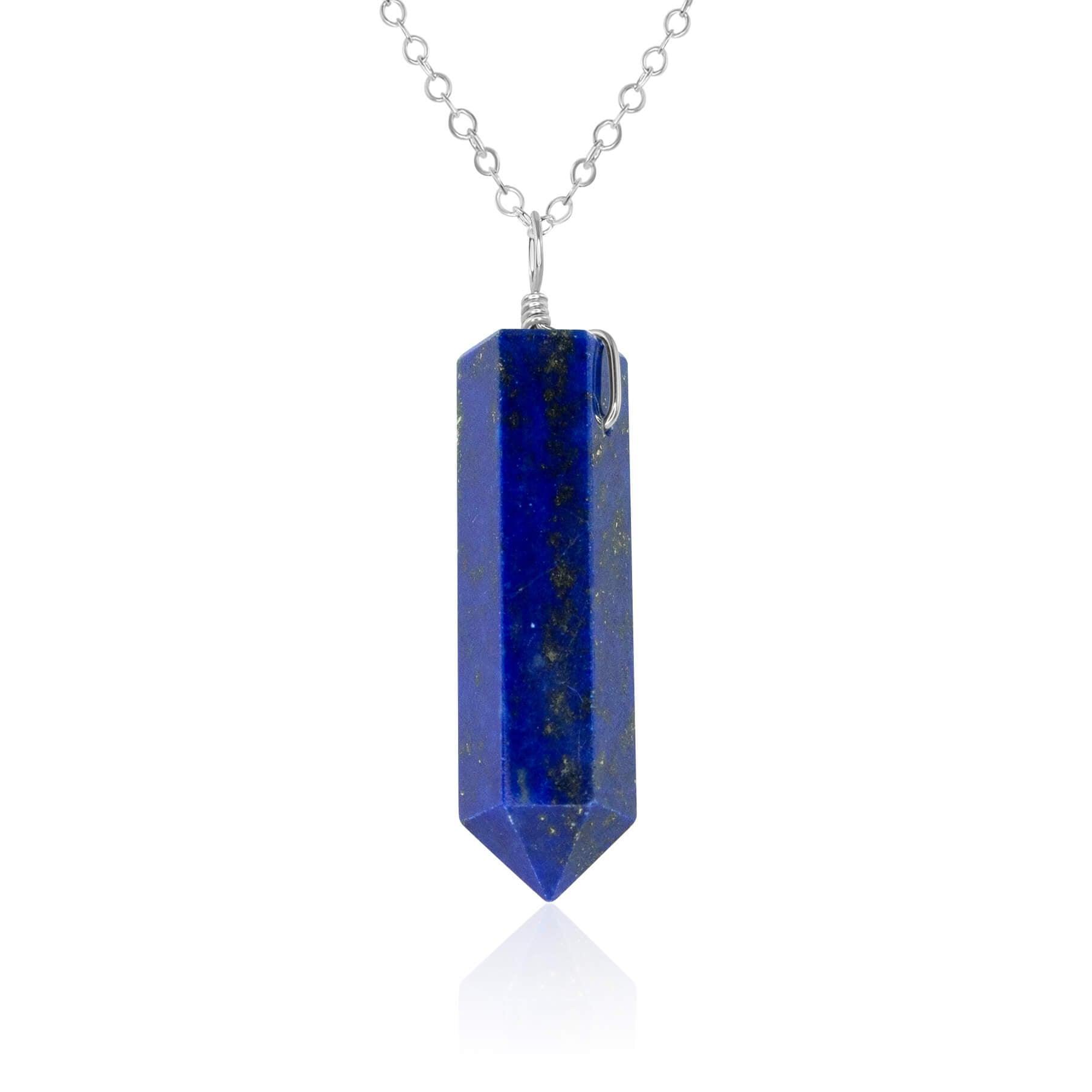

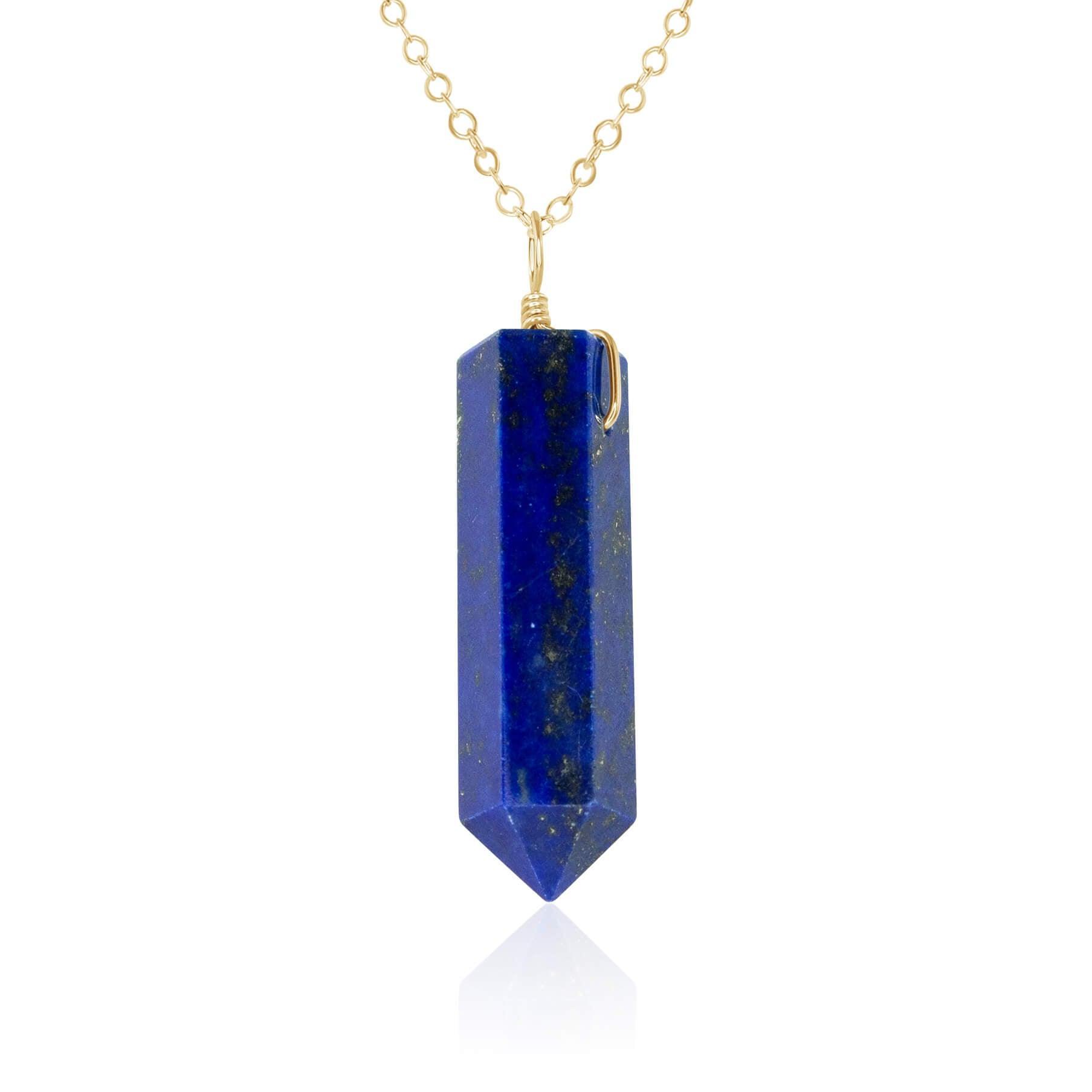
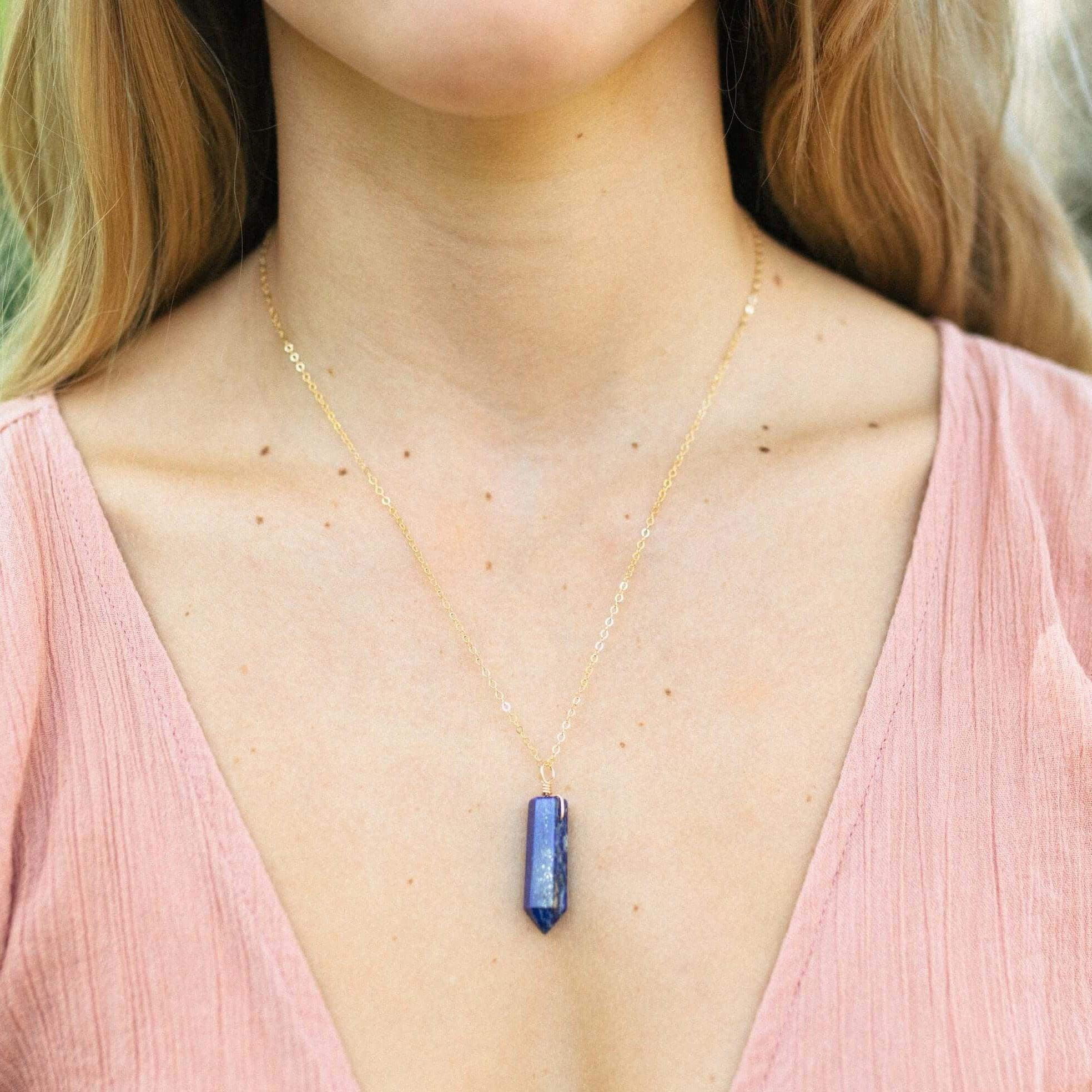


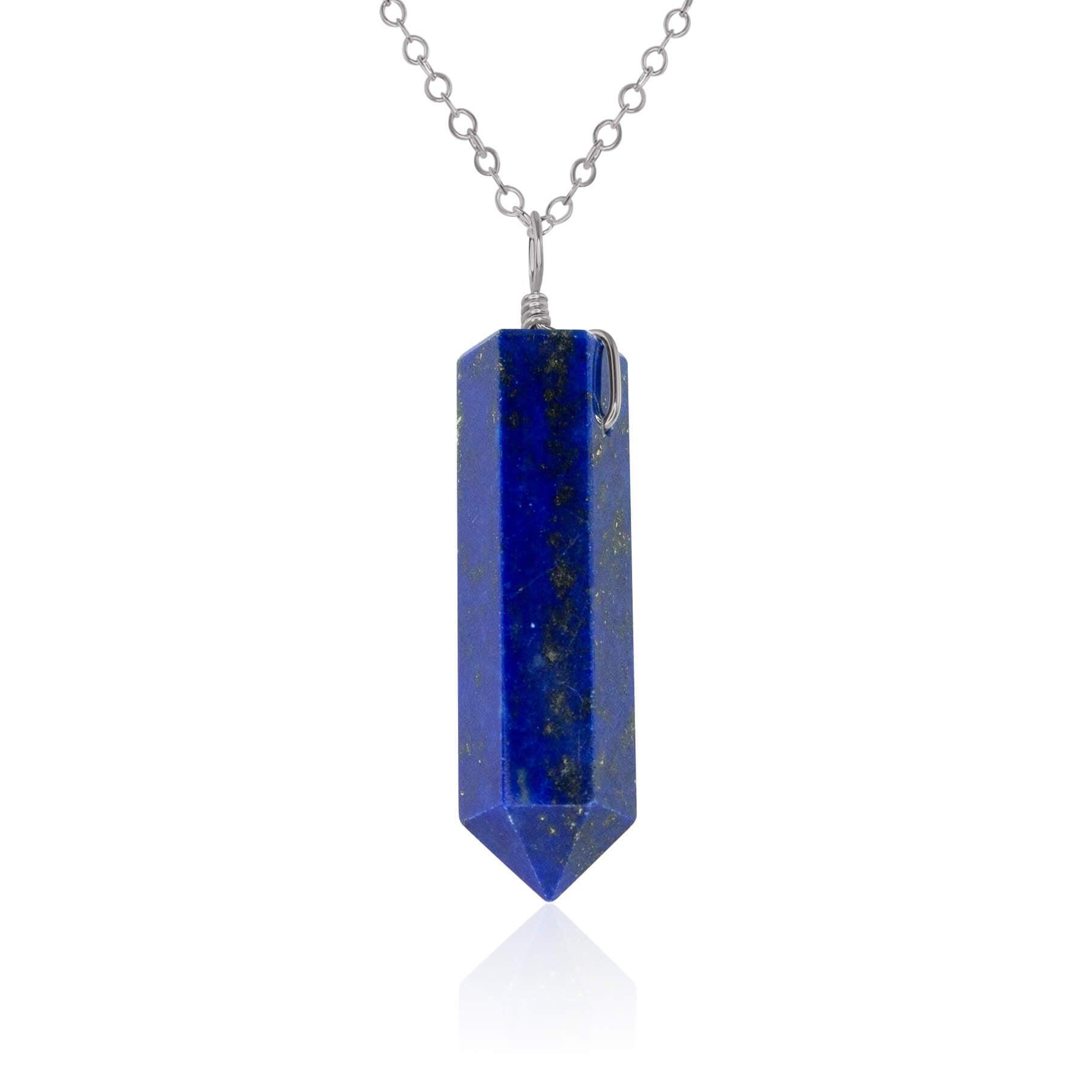
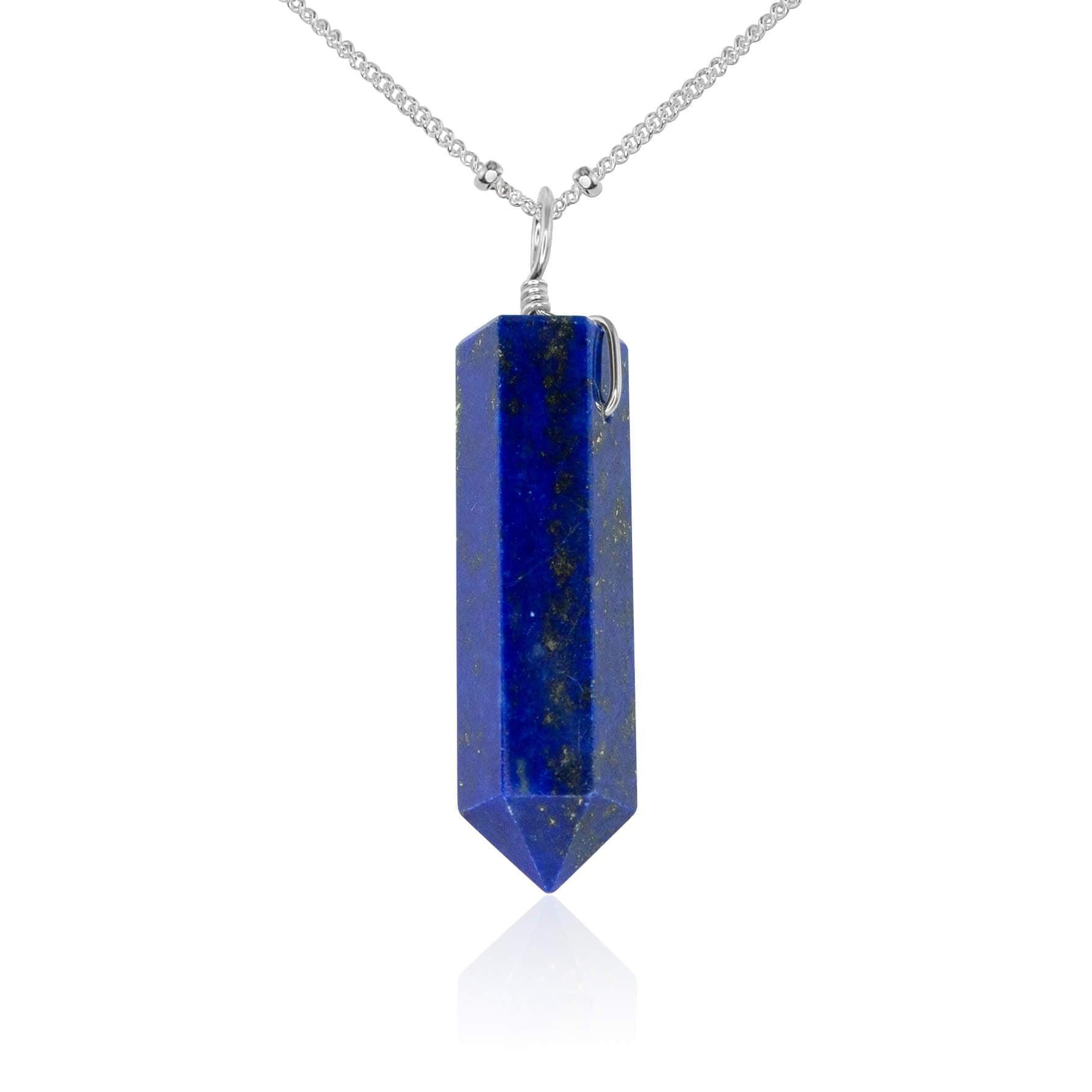

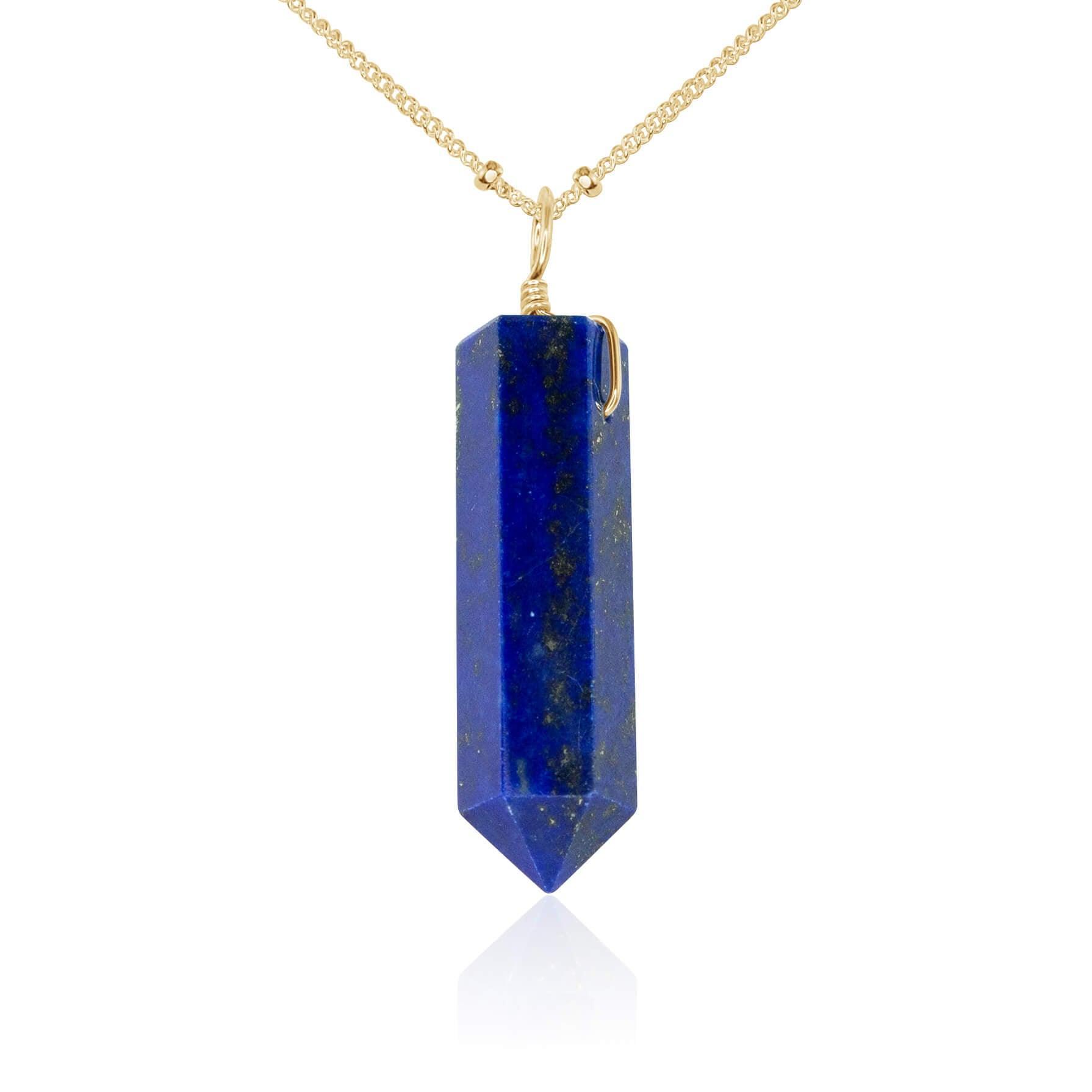








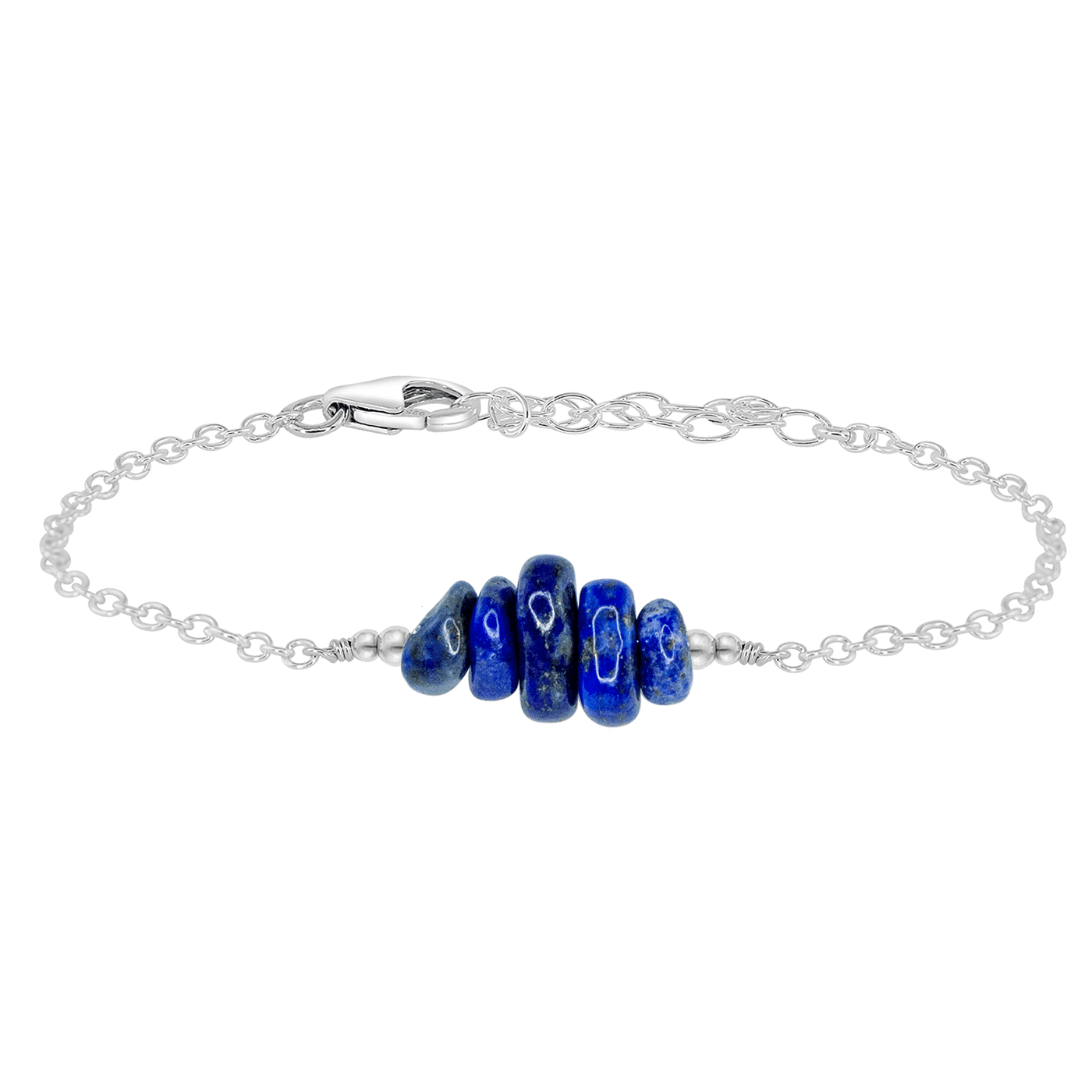
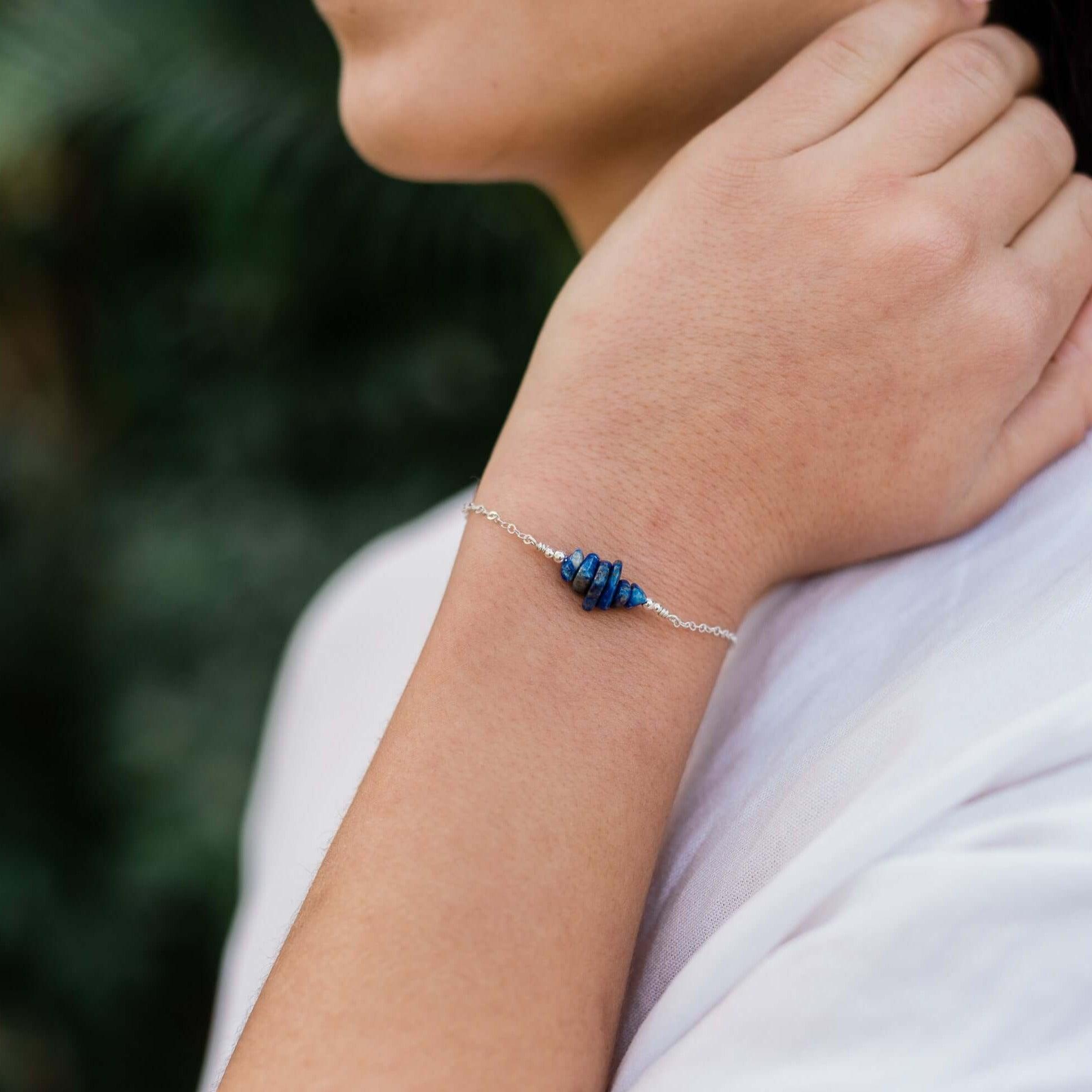
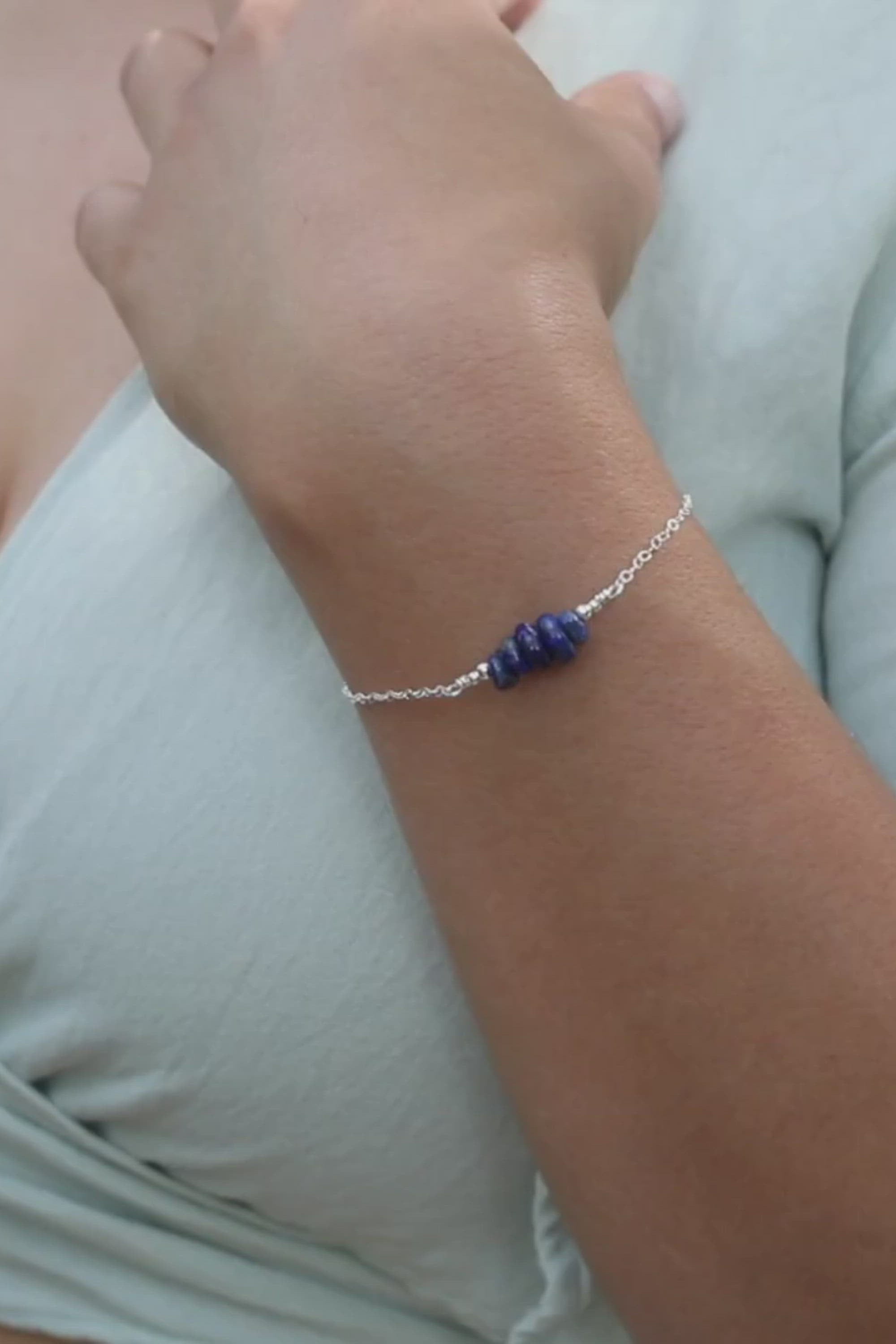

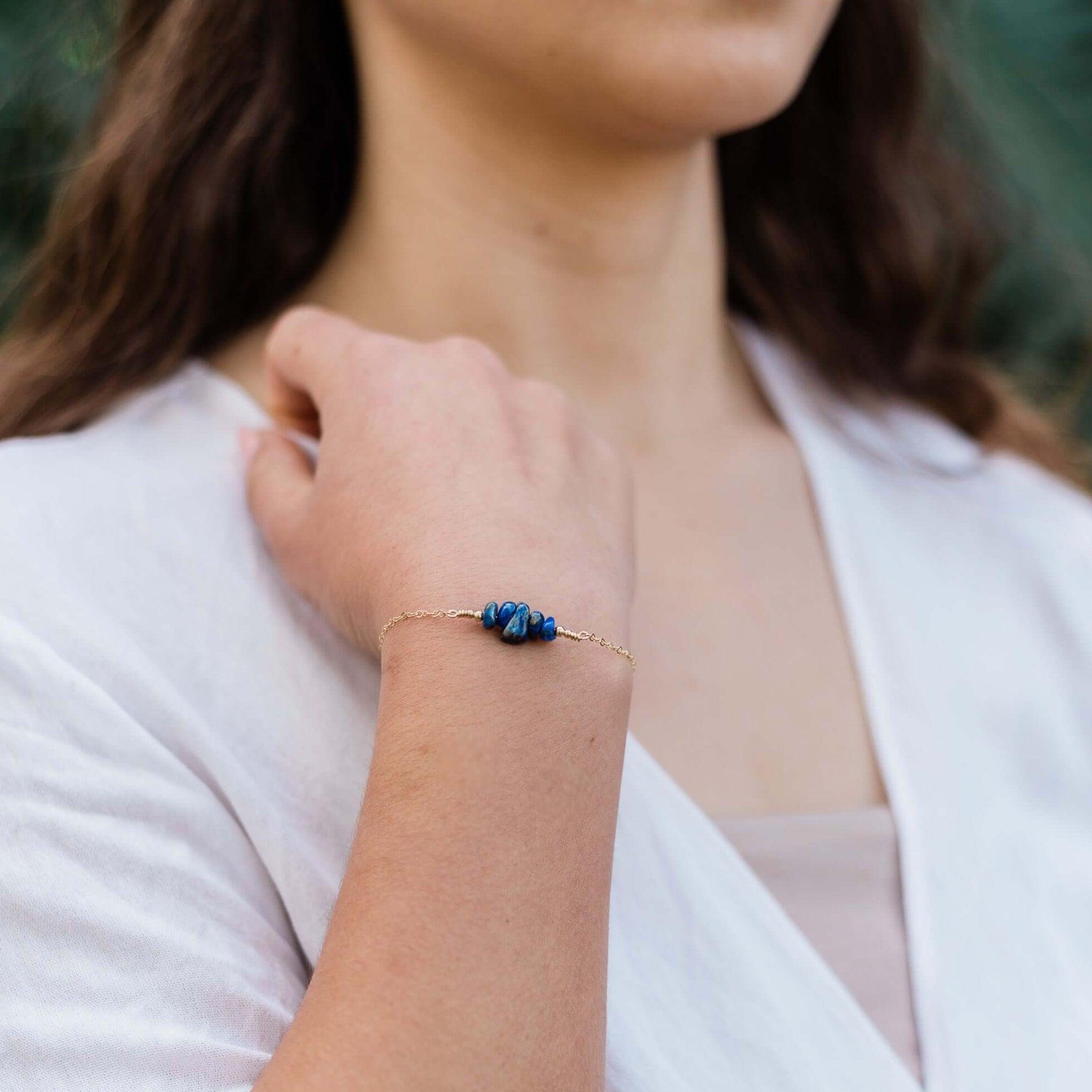
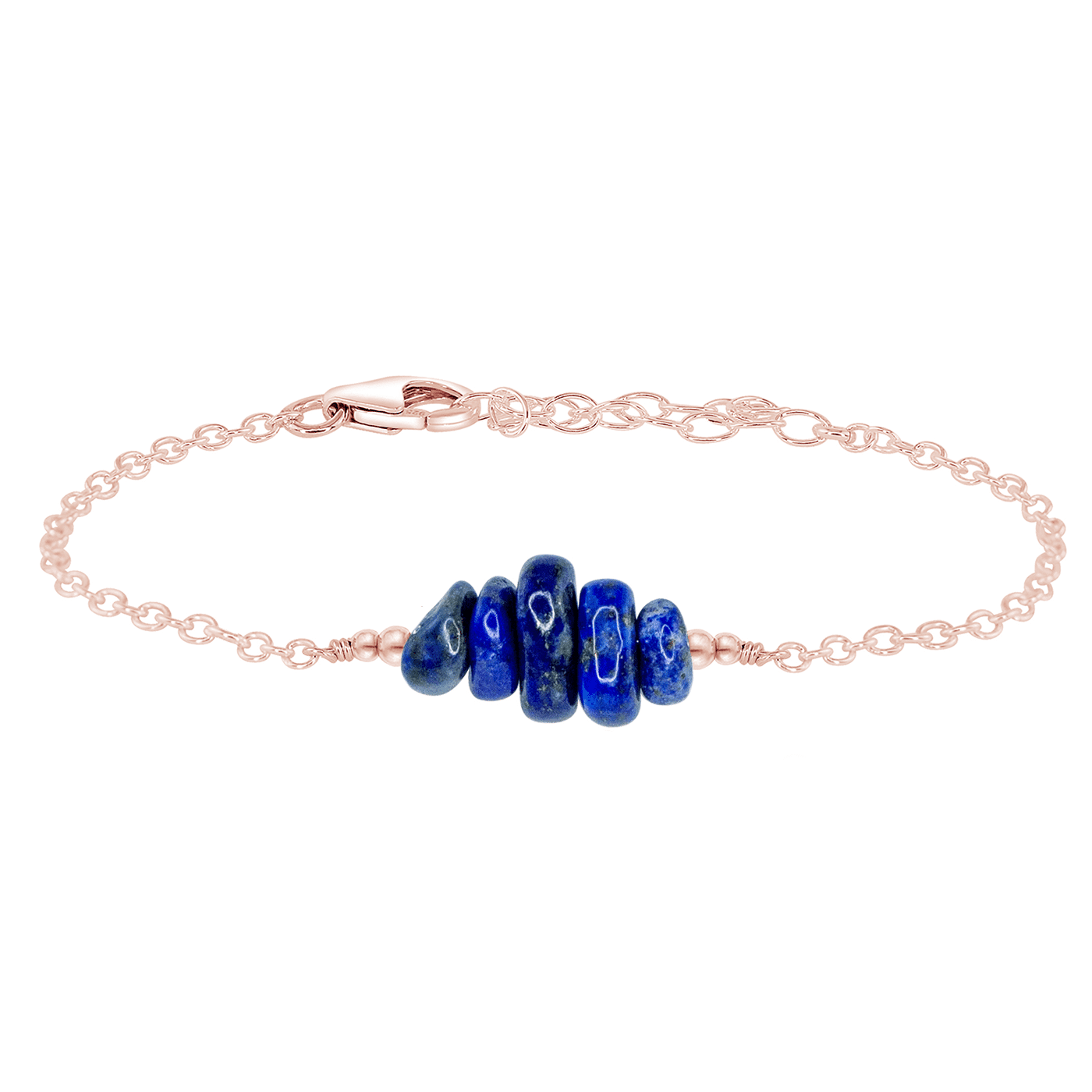
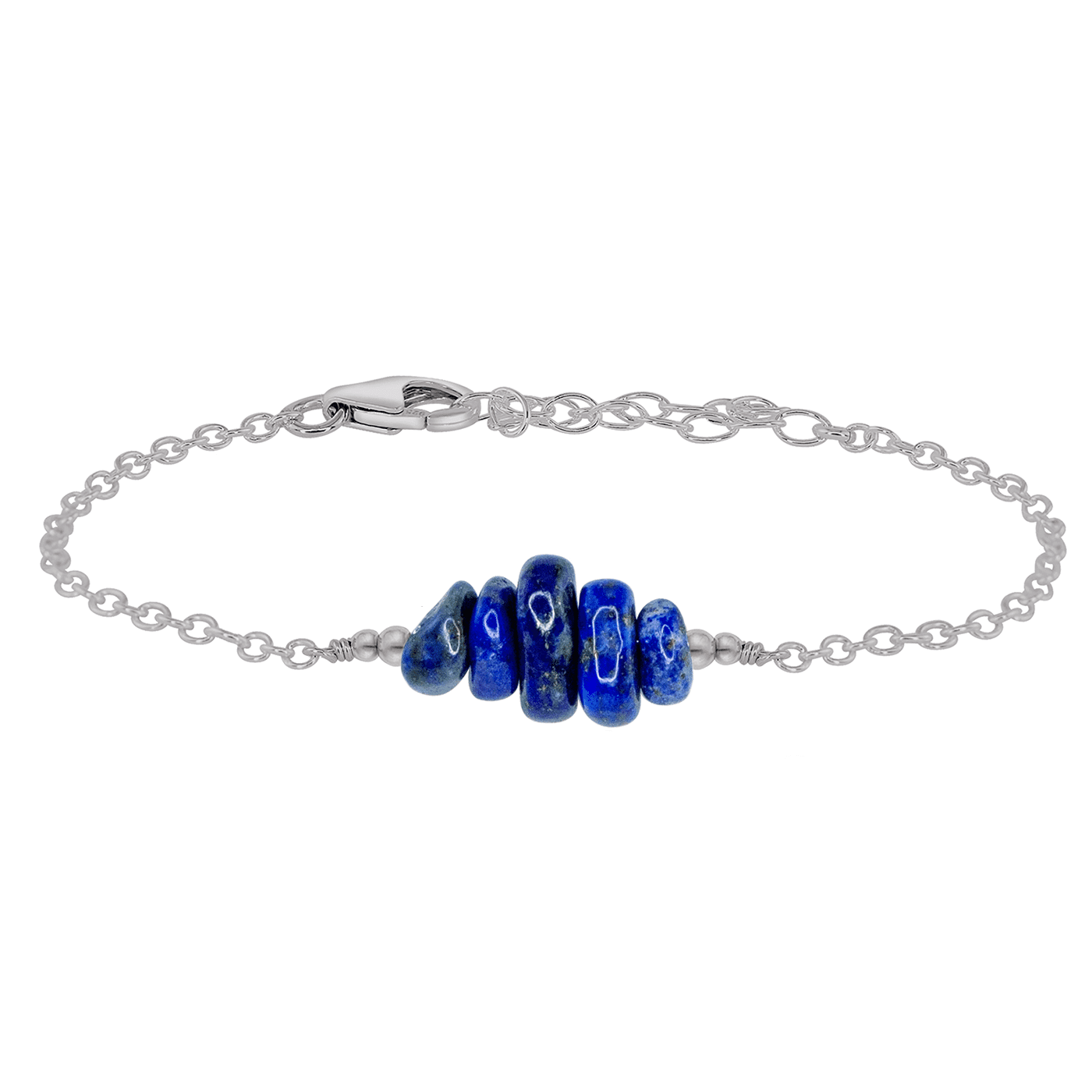

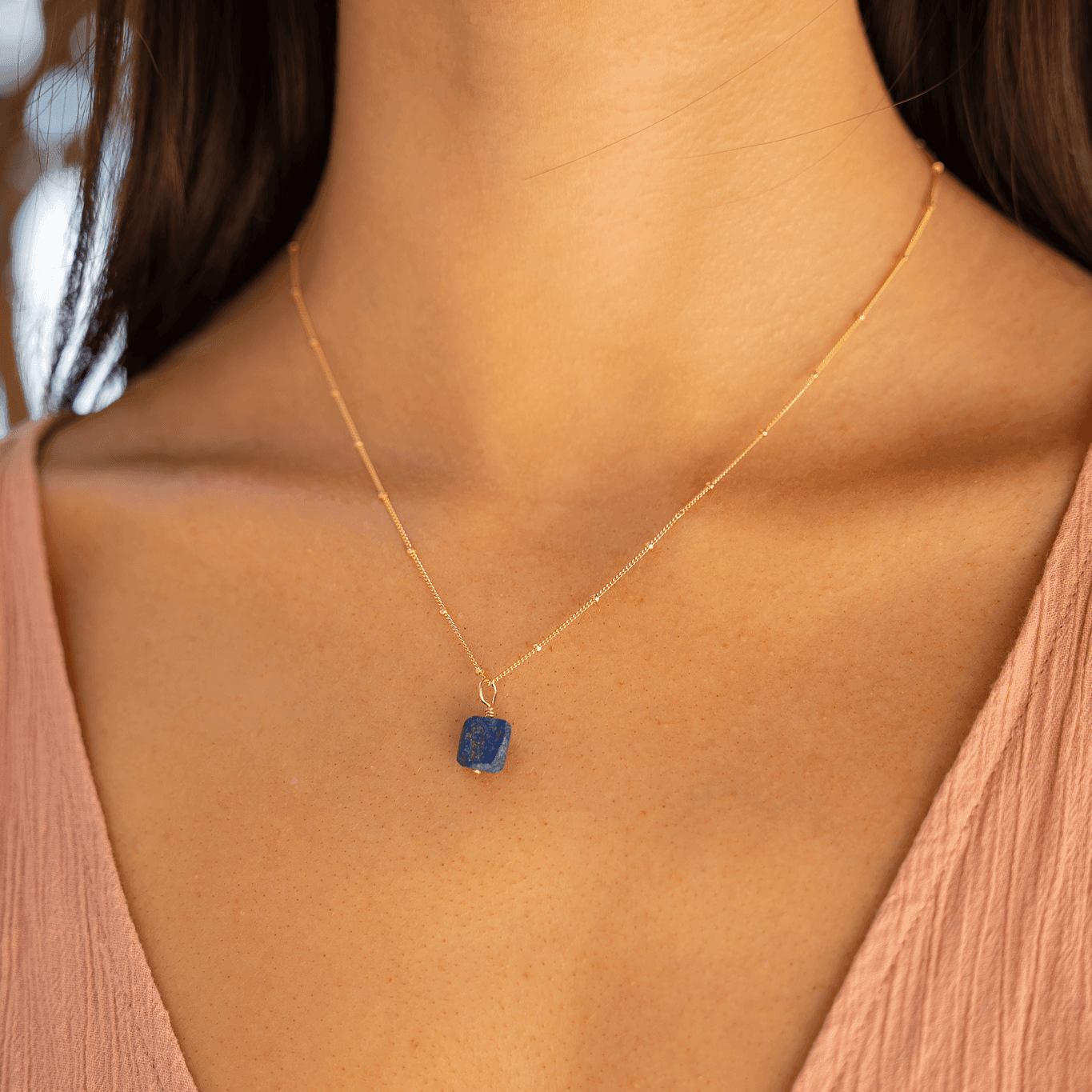


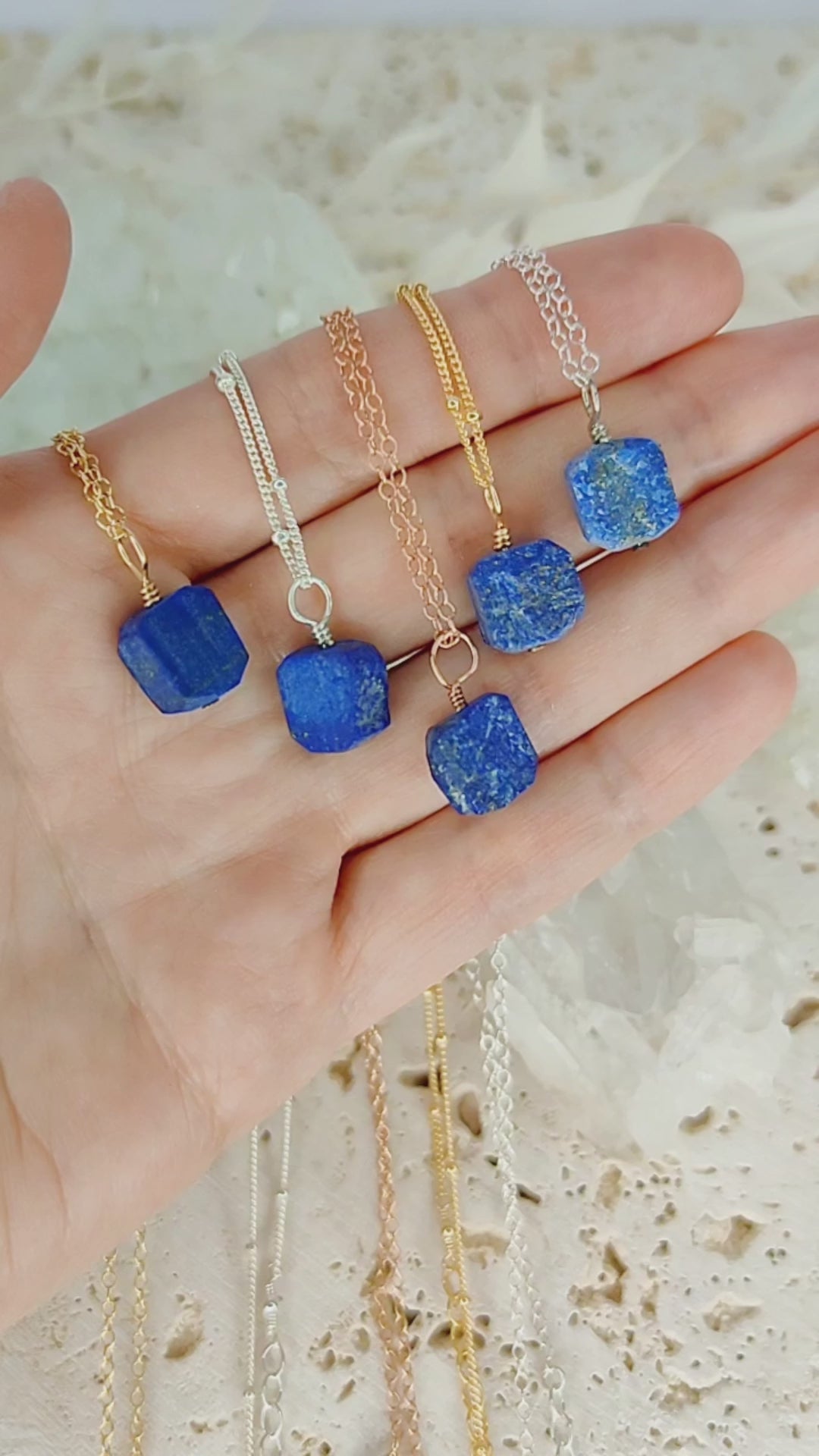







0 comments